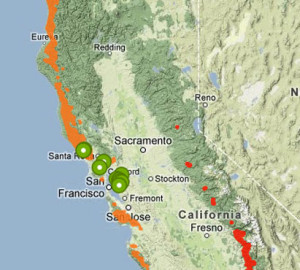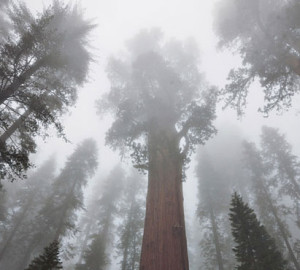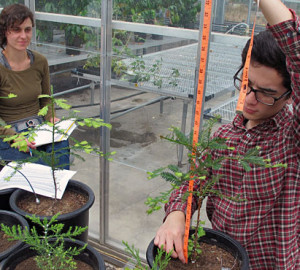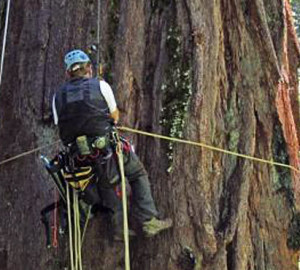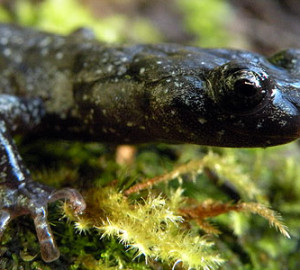Can We Save Salmon?
onYou helped fund research that shows salmon numbers are falling, but restoration offers hope. Harm to redwood forests-like logging and damming-has threatened their salmon inhabitants. But thanks to your support, scientists are monitoring the fish in Redwood Creek. They say forest restoration will help ensure that the salmon can recover and thrive once more.


